The Book of Ezra
In Ezra, the themes of restoration, education, and community leadership are central, reflecting the model’s focus on sustainable development, economic stewardship, and social equity. The narrative encourages reflection on how societies can rebuild and realign with ethical practices that promote the holistic growth of communities and the prudent management of resources.
Chapter 1 – The Proclamation of Cyrus:
In this chapter, King Cyrus’s decree allowing the exiles to return to Jerusalem and rebuild the temple is reinterpreted as an initiative to restore a community’s capacity to self-govern and thrive. The Wealth Ecology perspective sees this as an archetype for modern repatriation and reinvestment in communities that have been economically or socially displaced. The return of the exiles with resources to rebuild symbolizes the restitution of capital—both human and material—to its rightful place, ensuring the community’s sustainability and the continuity of its cultural and economic life.
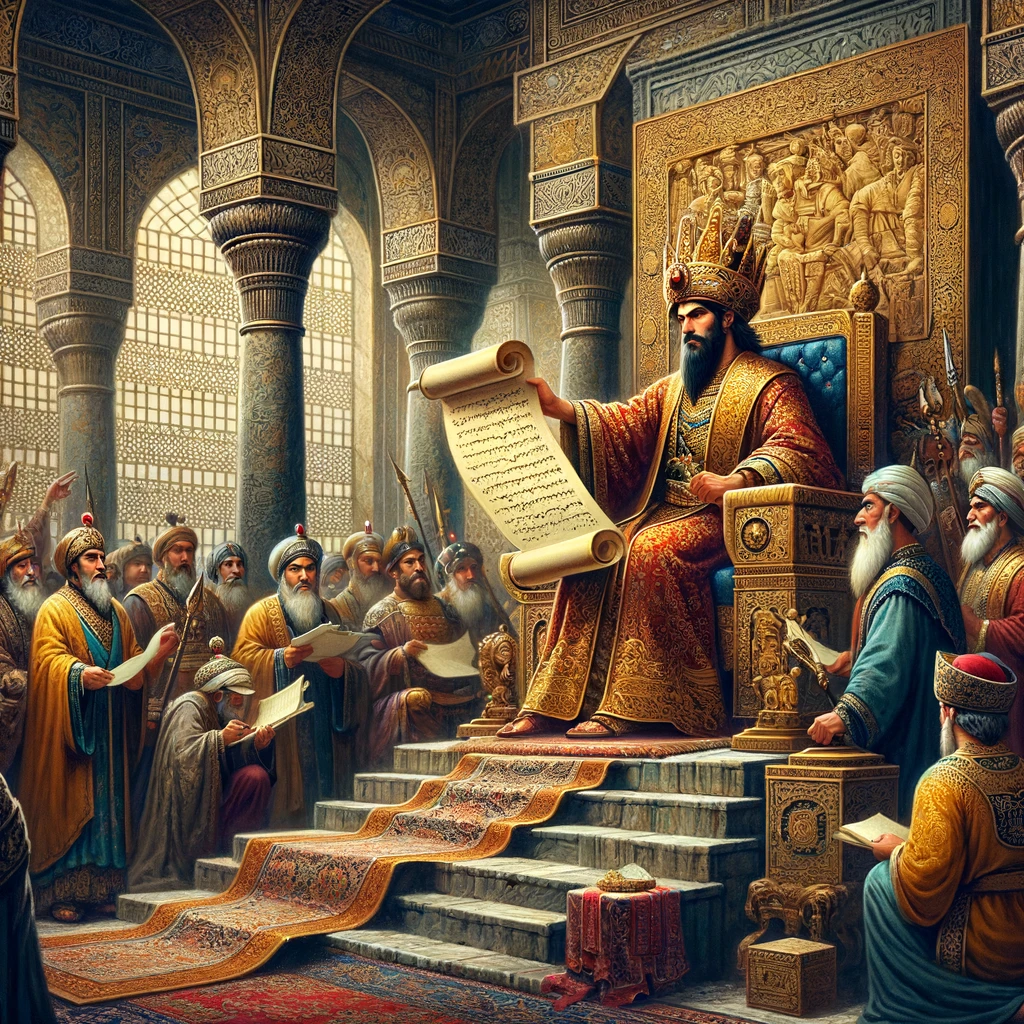


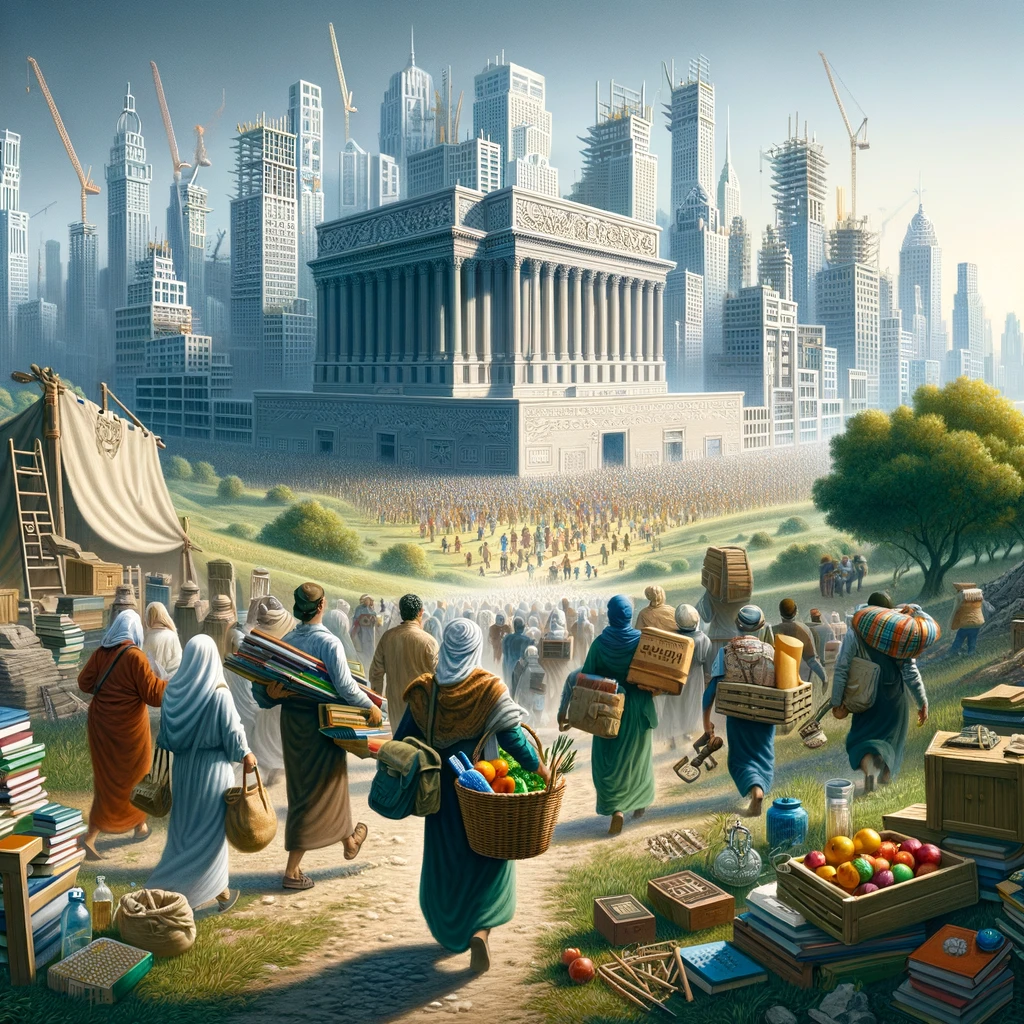
Chapter 2 – The Exiles Return:
This list of returning exiles represents a demographic survey vital for planning in Wealth Ecology. It acknowledges every individual’s role in a community’s economic and social fabric. Understanding who is returning, their skills, and their family ties allows for the strategic redevelopment of a community’s infrastructure, ensuring that the human resources align with the needs of energy, technology, and educational development within the community.
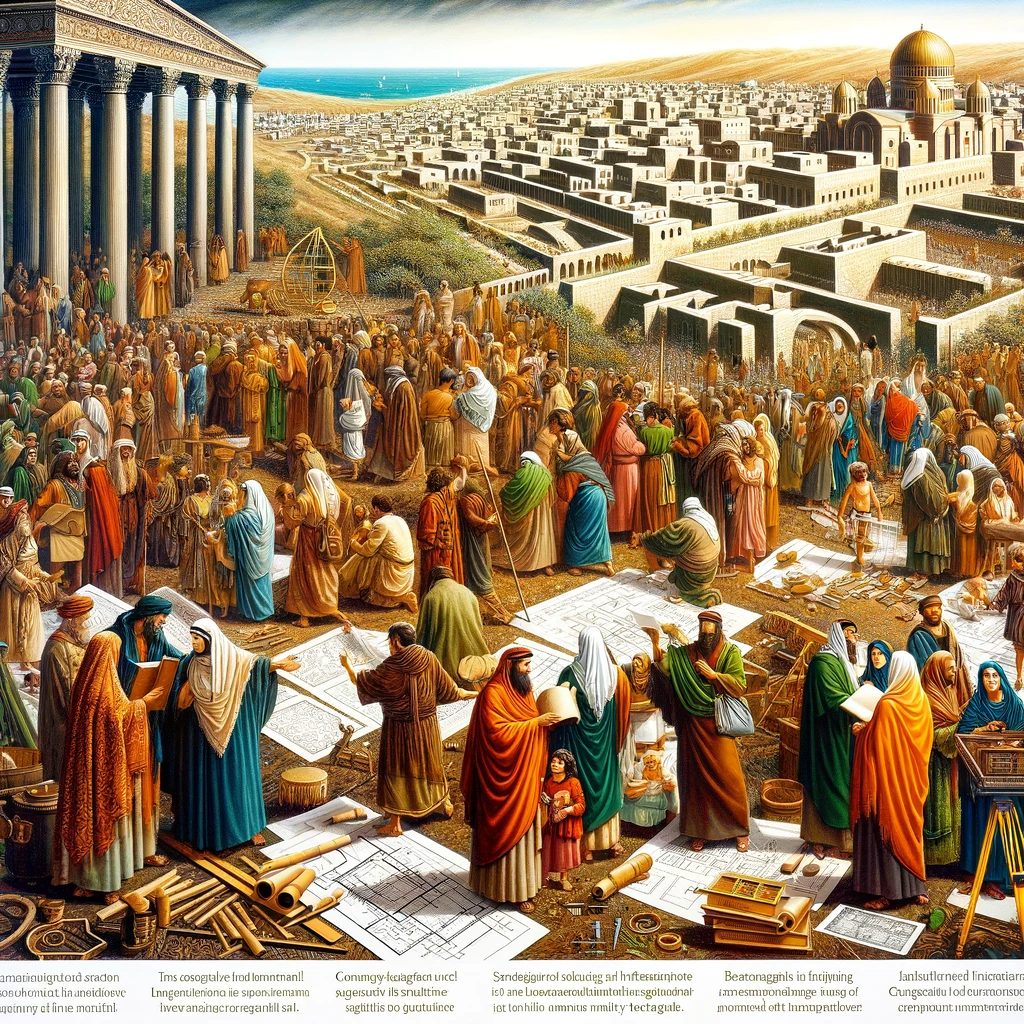
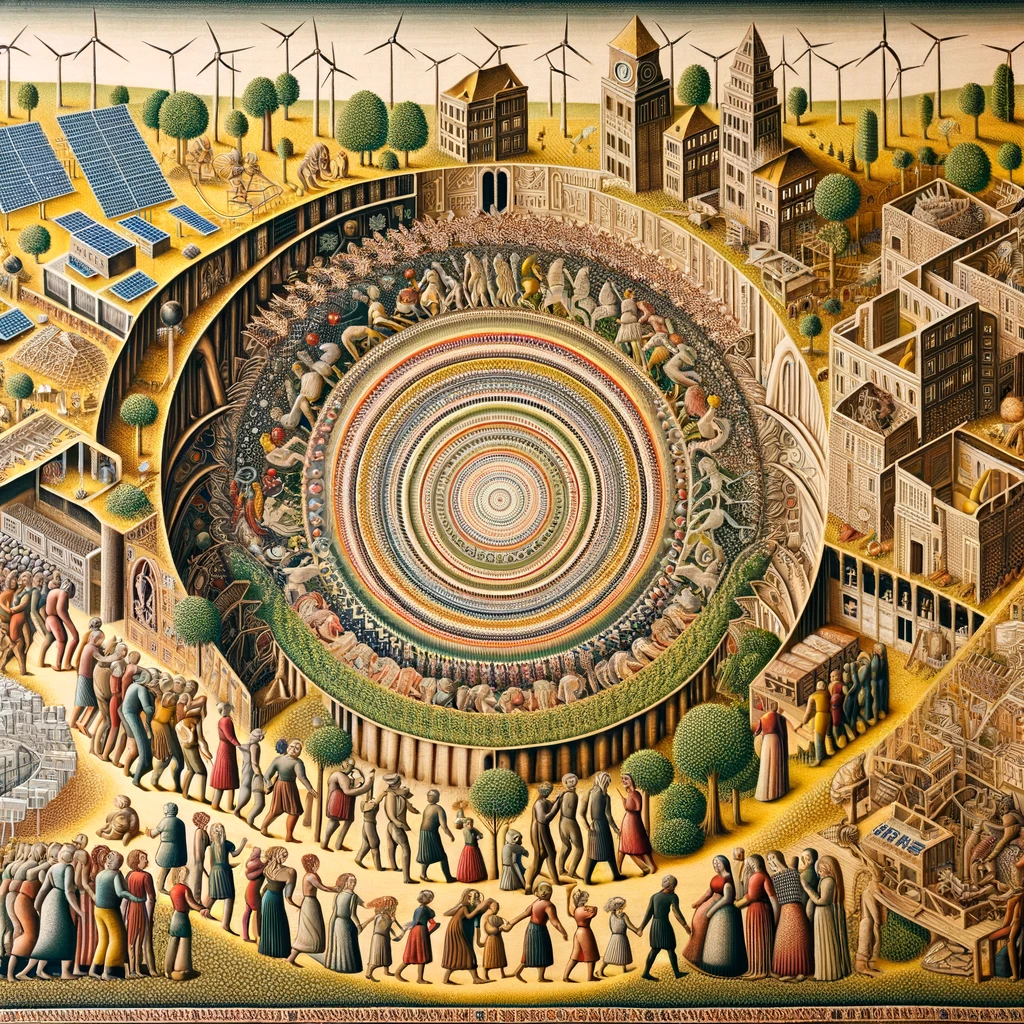

Chapter 3 – Rebuilding the Altar and Temple:
The rebuilding of the altar and temple signifies the establishment of a center for community and spiritual life, which in the Wealth Ecology framework represents the infrastructural and social unity required for economic prosperity. It emphasizes the importance of a shared vision and the commitment to collective well-being above individual wealth.
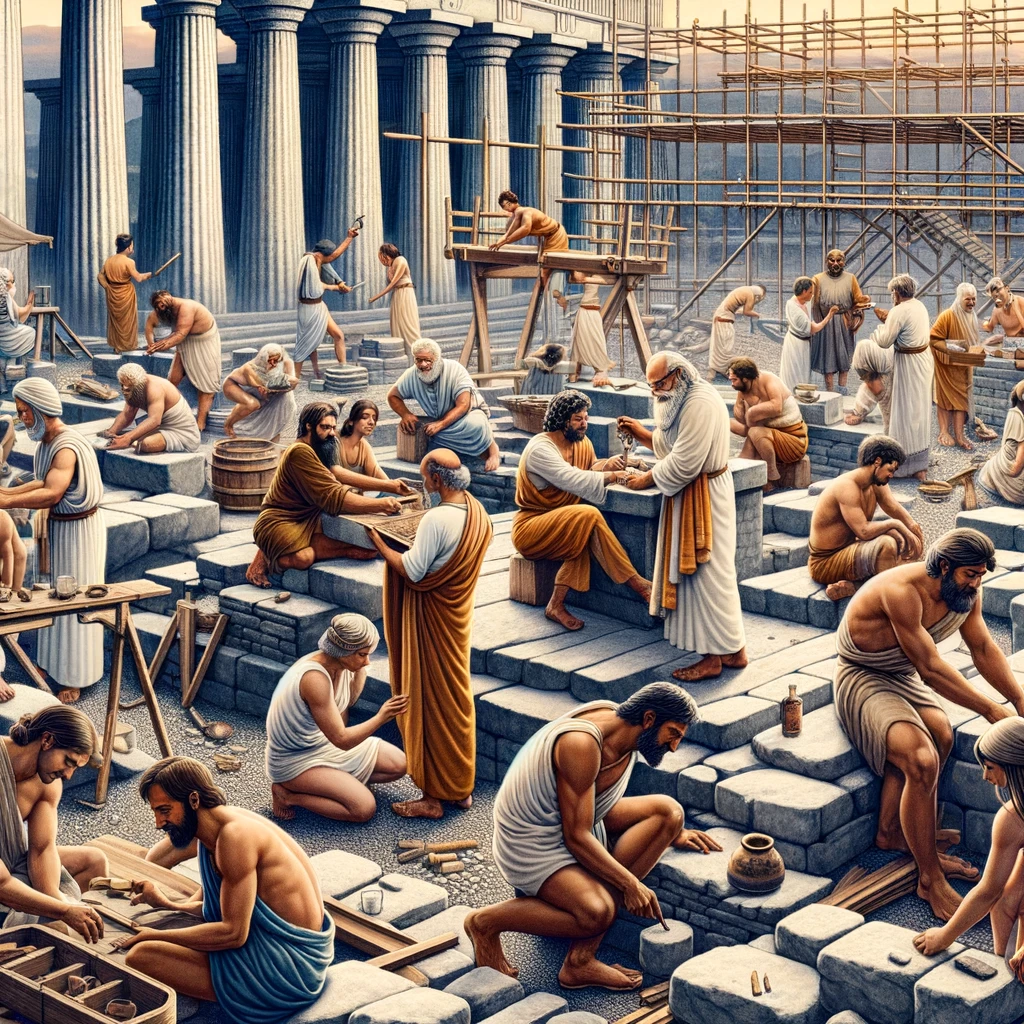


Chapter 4 – Adversaries Oppose the Rebuilding:
The opposition faced by the builders from the adversaries of Judah and Benjamin illustrates the challenges in implementing a new economic model. This can be seen as a metaphor for the resistance met from entrenched interests that benefit from the status quo when transitioning to a system that prioritizes communal wealth and ecological balance.
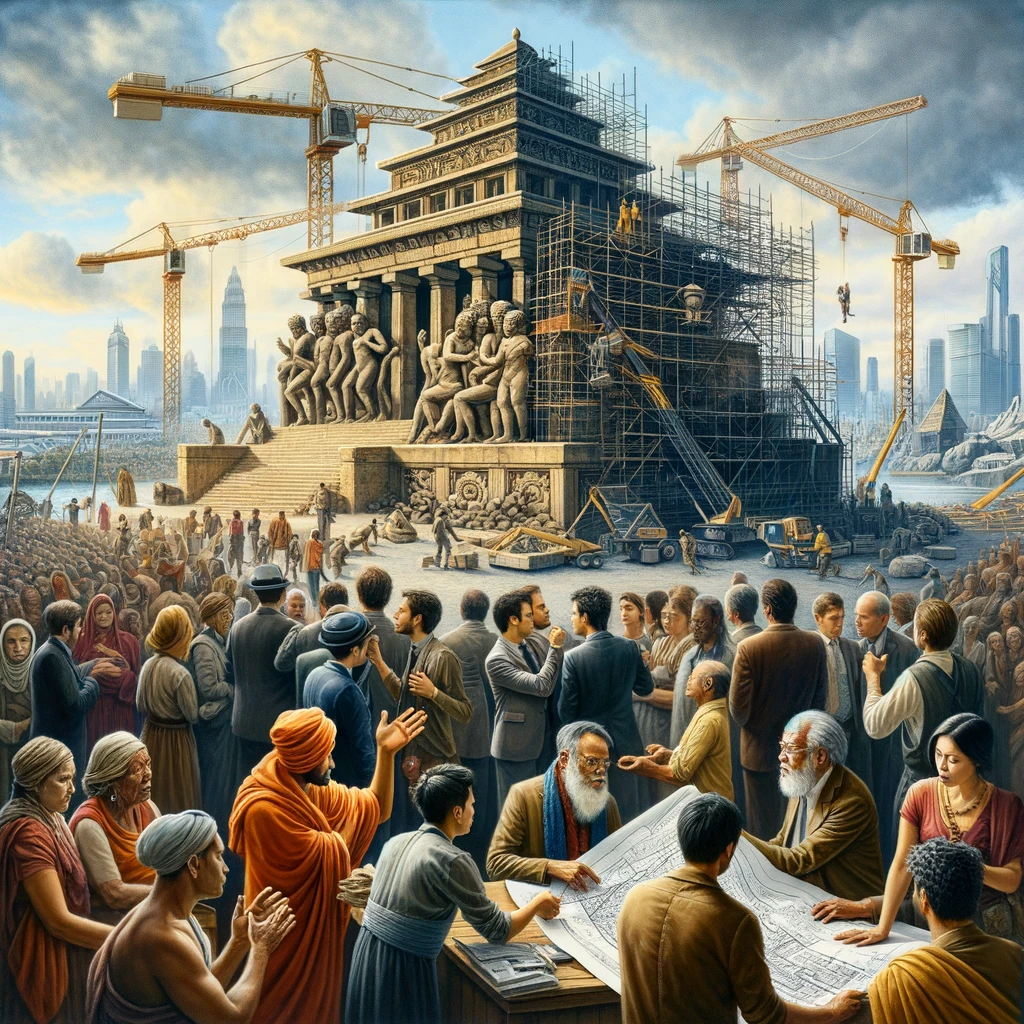
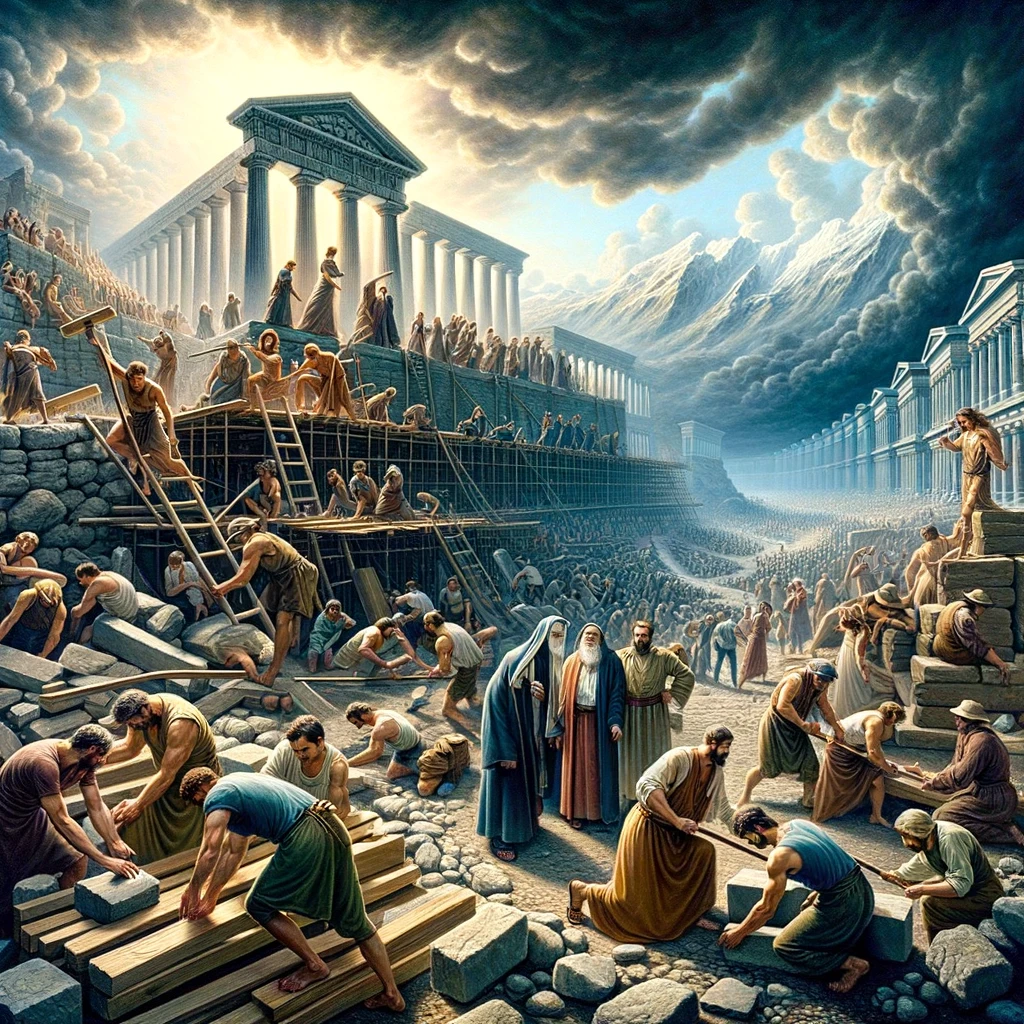

Chapter 5 – The Decree of Darius:
Darius’s confirmation of Cyrus’s decree and the subsequent support for the temple’s construction can be interpreted as the reinforcement of sound policies that support Wealth Ecology principles. It stresses the importance of having consistent leadership that upholds the economic model and ensures the availability of resources for community-driven projects.


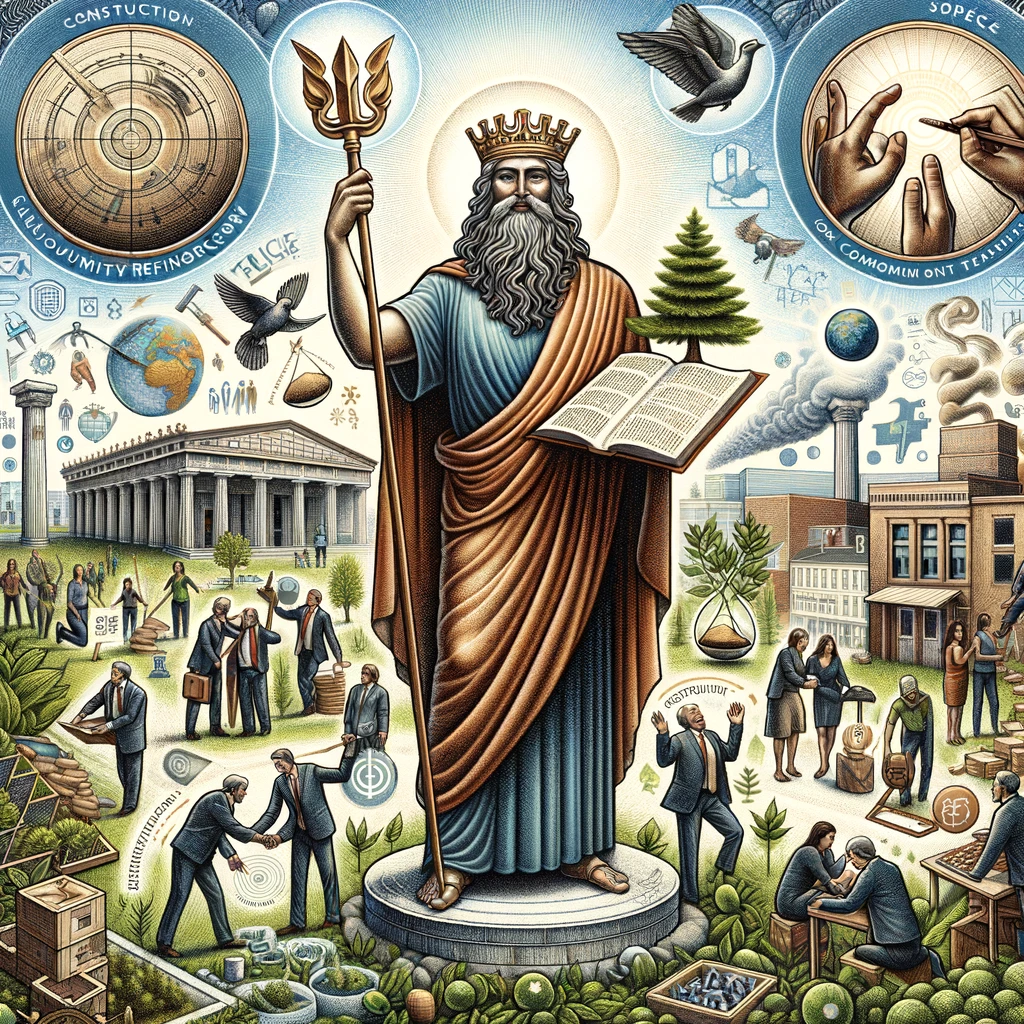
Chapter 6 – Completion and Dedication of the Temple:
The completion and dedication of the temple, supported by the royal treasury, can be seen as an example of successful public-private partnerships where governance and finance converge to support community-focused infrastructure, reinforcing the Wealth Ecology model’s emphasis on investment in public goods.

Chapter 7 – Ezra Arrives in Jerusalem:
Ezra’s journey, sanctioned by Artaxerxes with offerings for the temple, represents the pivotal role of education (symbolized by Ezra’s status as a scribe and teacher of the Law) in Wealth Ecology. His role in advising rulers and teaching the people aligns with the principle that education is central to the informed management of resources and the ethical distribution of wealth.
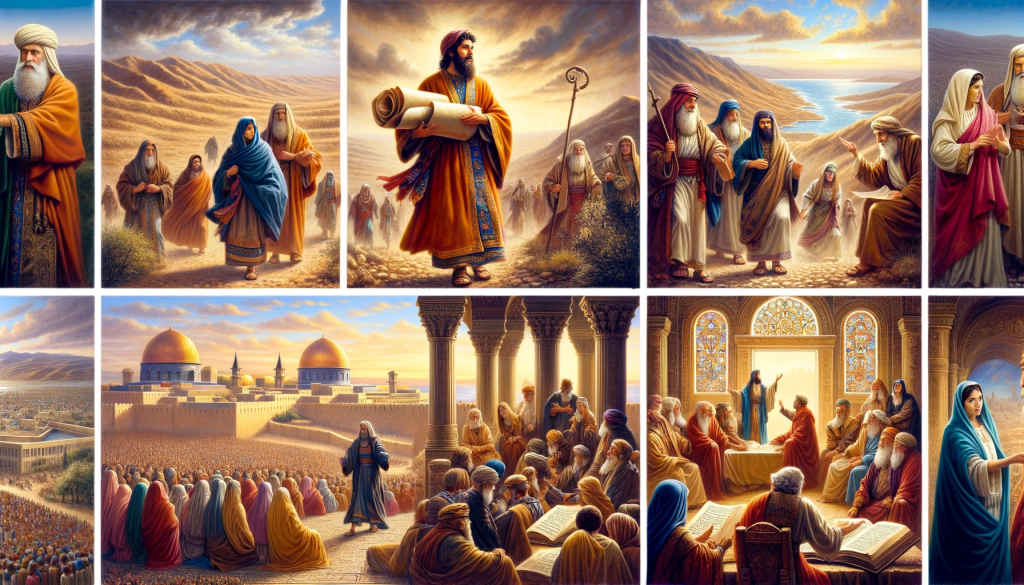
Chapter 8 – The Return of More Exiles with Ezra:
Ezra leading a group of Israelite officials, priests, and Levites back to Jerusalem symbolizes the strategic human capital development essential in the Wealth Ecology Model. The emphasis on community leaders’ roles in ensuring the proper stewardship of resources and the cultivation of an equitable and educated society is mirrored here.
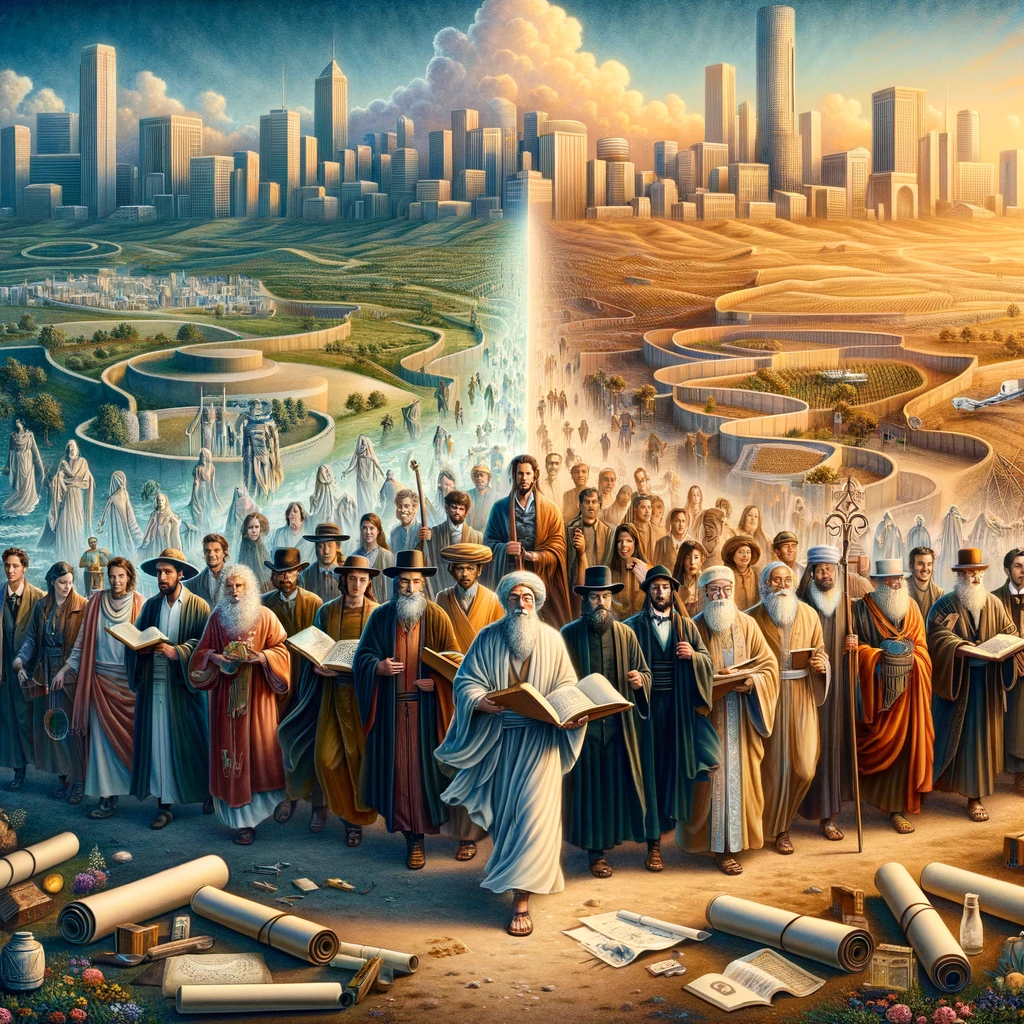
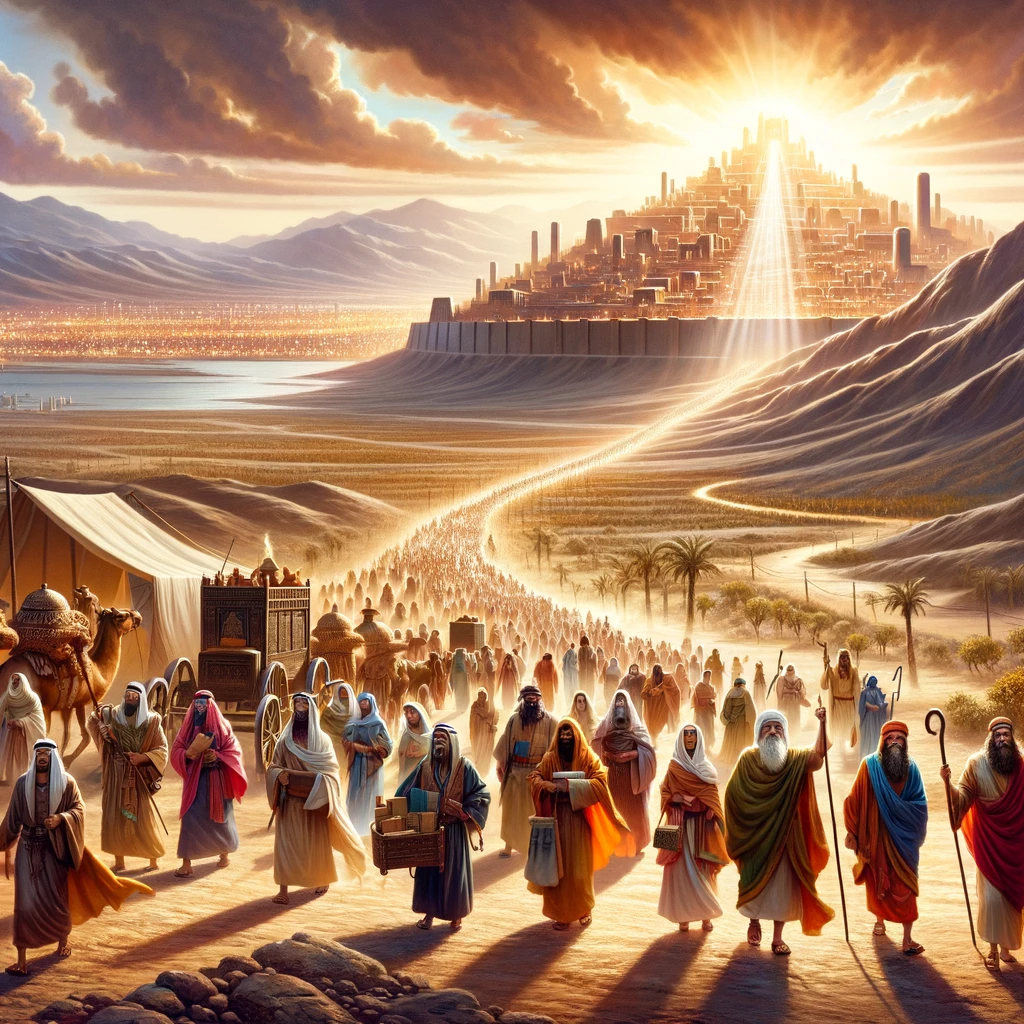
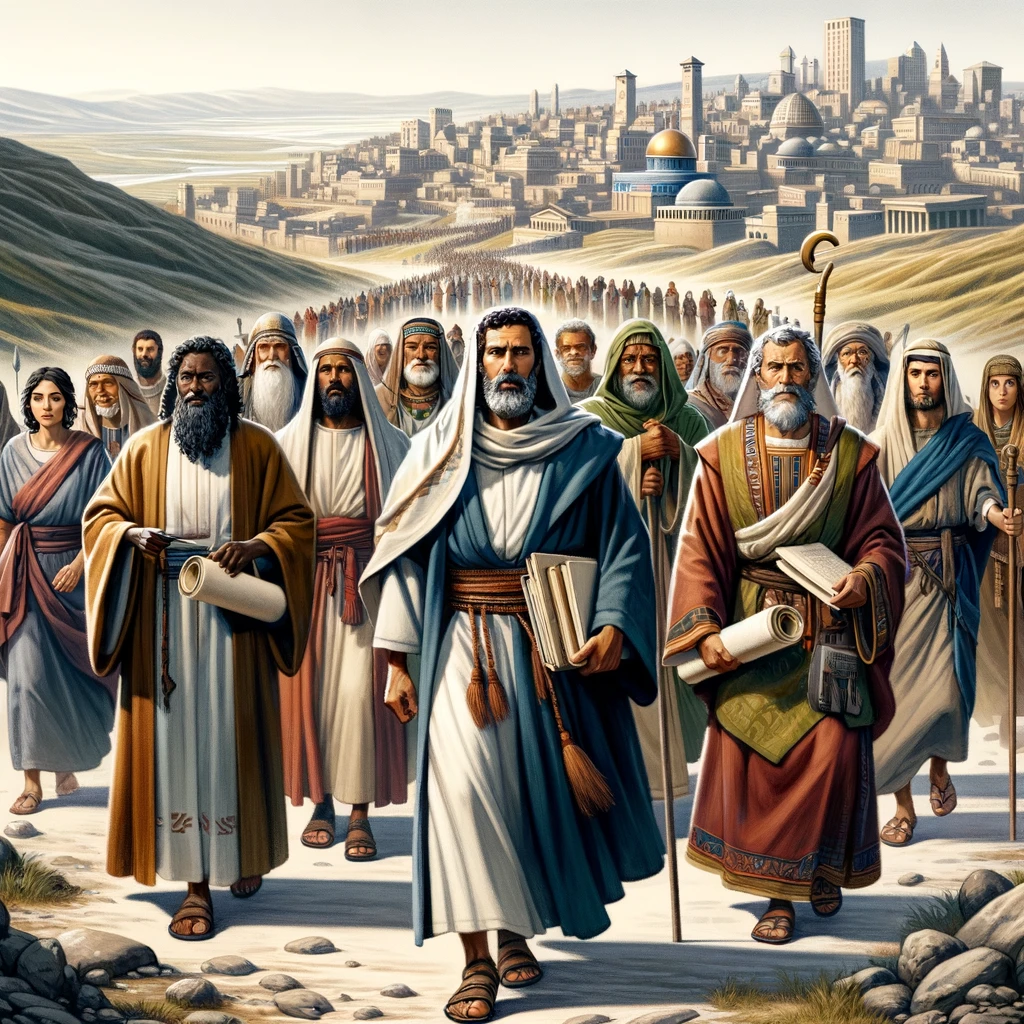
Chapter 9 – Interfaith Marriages:
The issue of intermarriage in Ezra’s time, which caused controversy and concern, can be related to the integration and assimilation challenges in the Wealth Ecology framework. It presents a cautionary tale on the preservation of cultural identity and community values while navigating the complexities of a diverse and interconnected global economy.


Chapter 10 – The People Confess Their Sin:
The chapter’s focus on confession and rectification of the intermarriage issue highlights the concept of accountability within Wealth Ecology. It reflects the model’s insistence on rectifying economic and social practices that deviate from its principles, emphasizing the restoration and alignment of community practices with the model’s ethos for long-term sustainability and prosperity.

